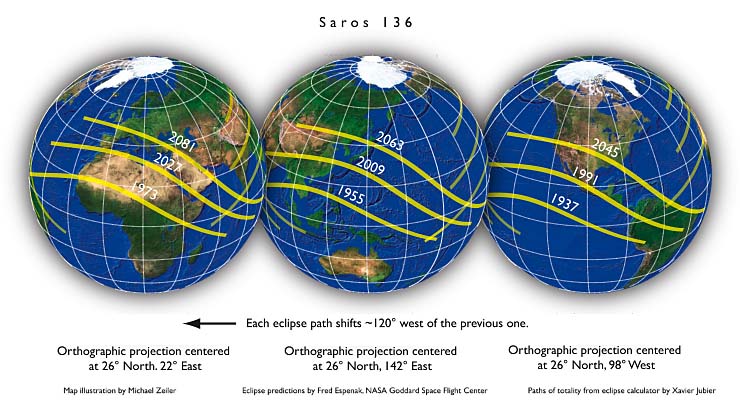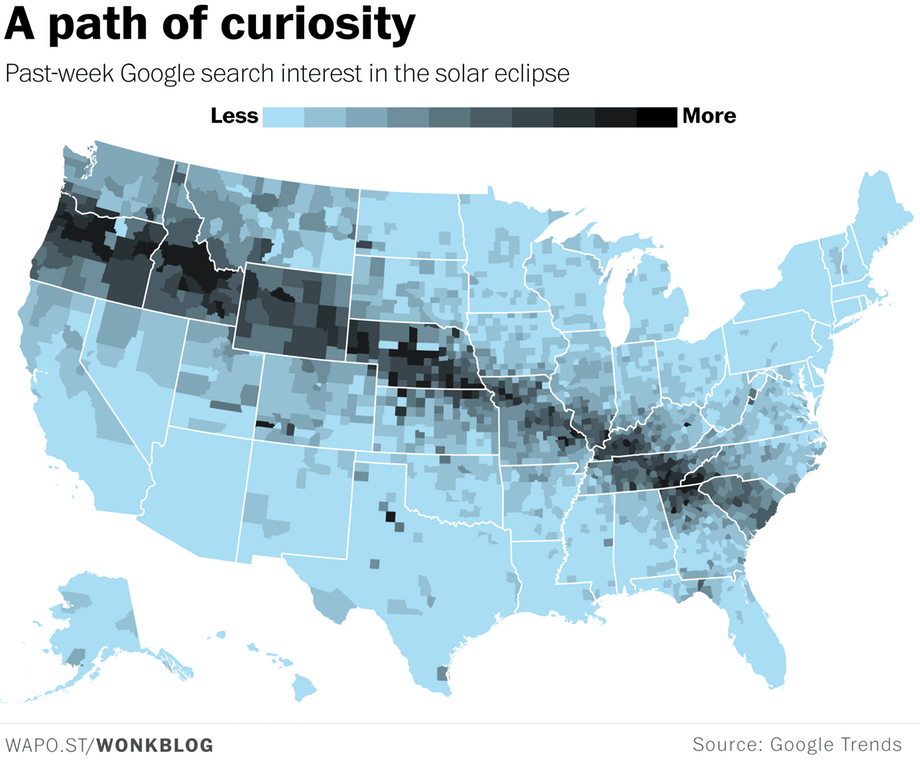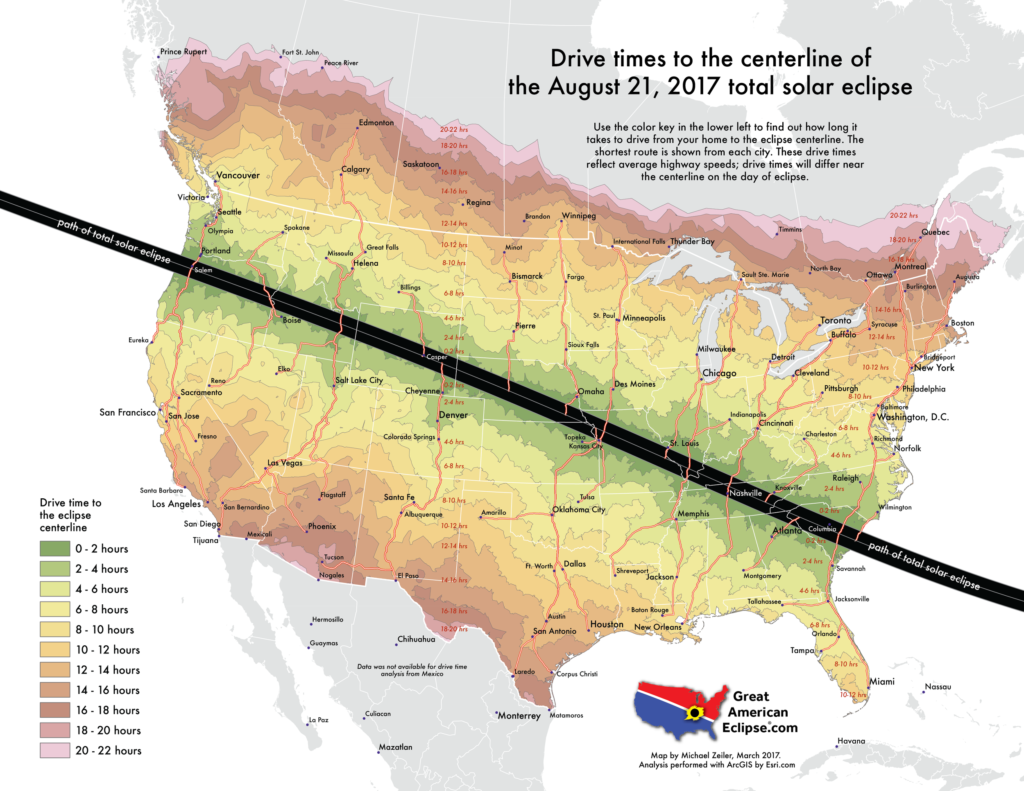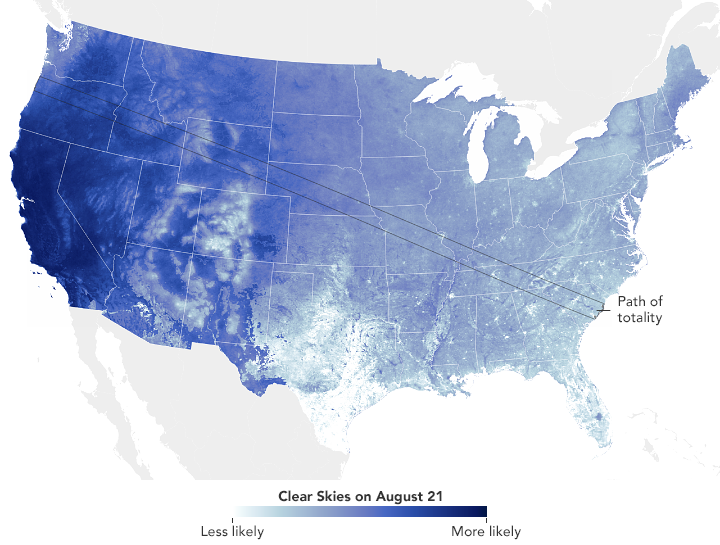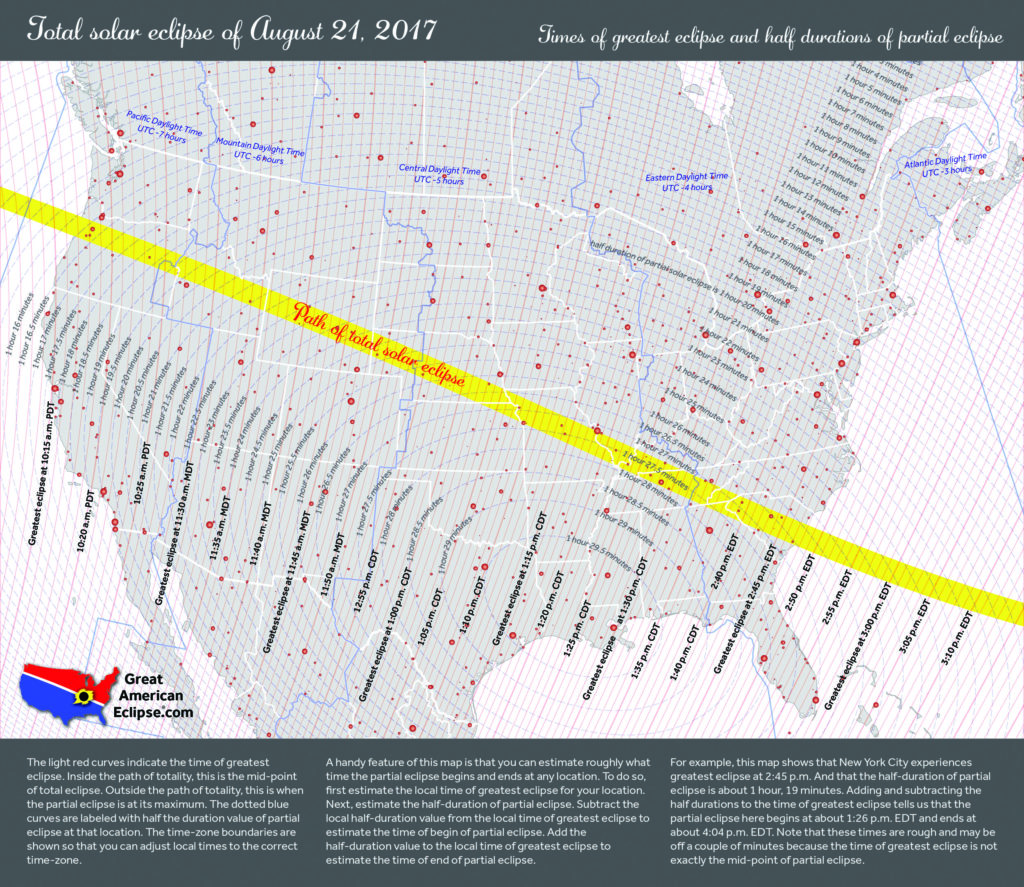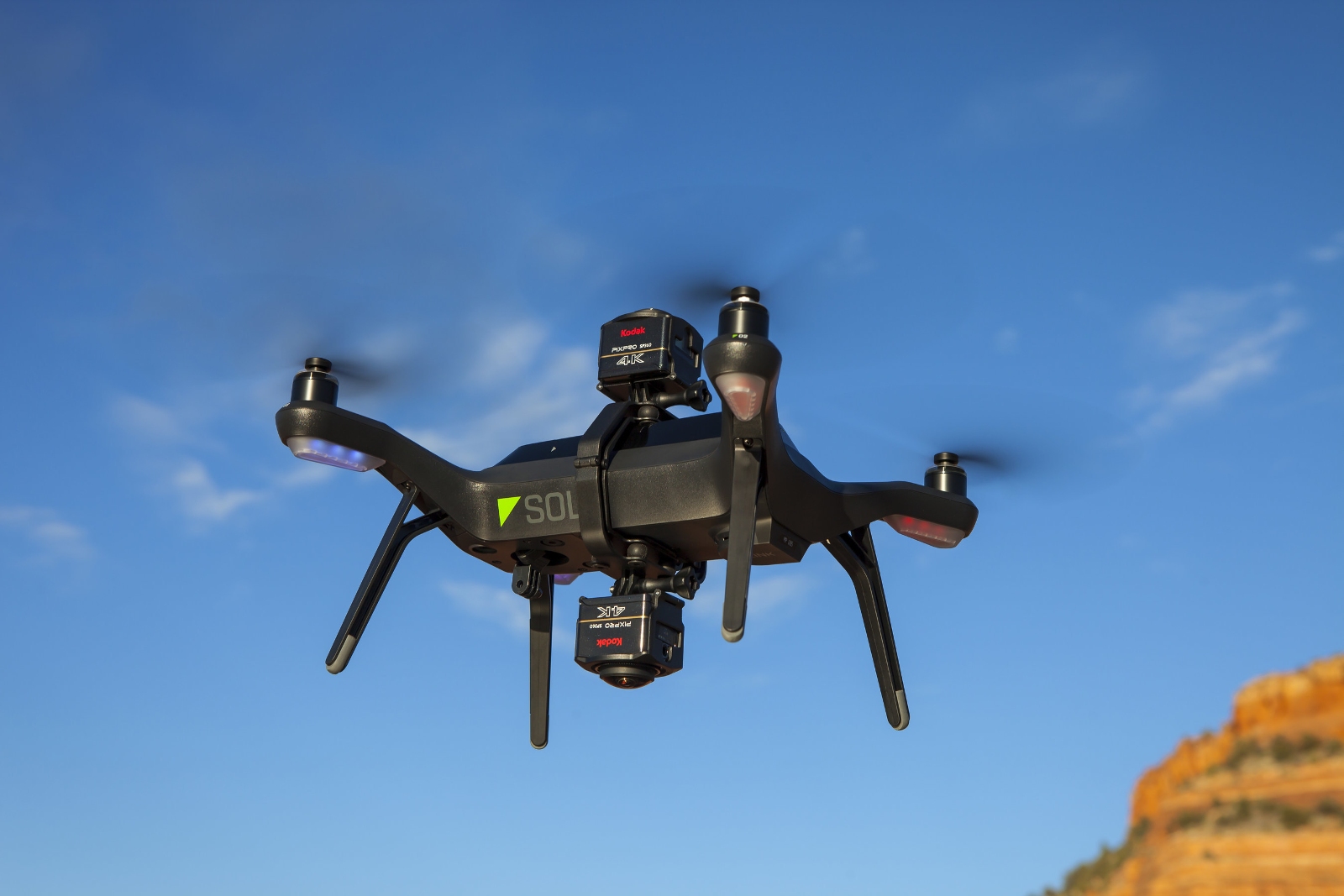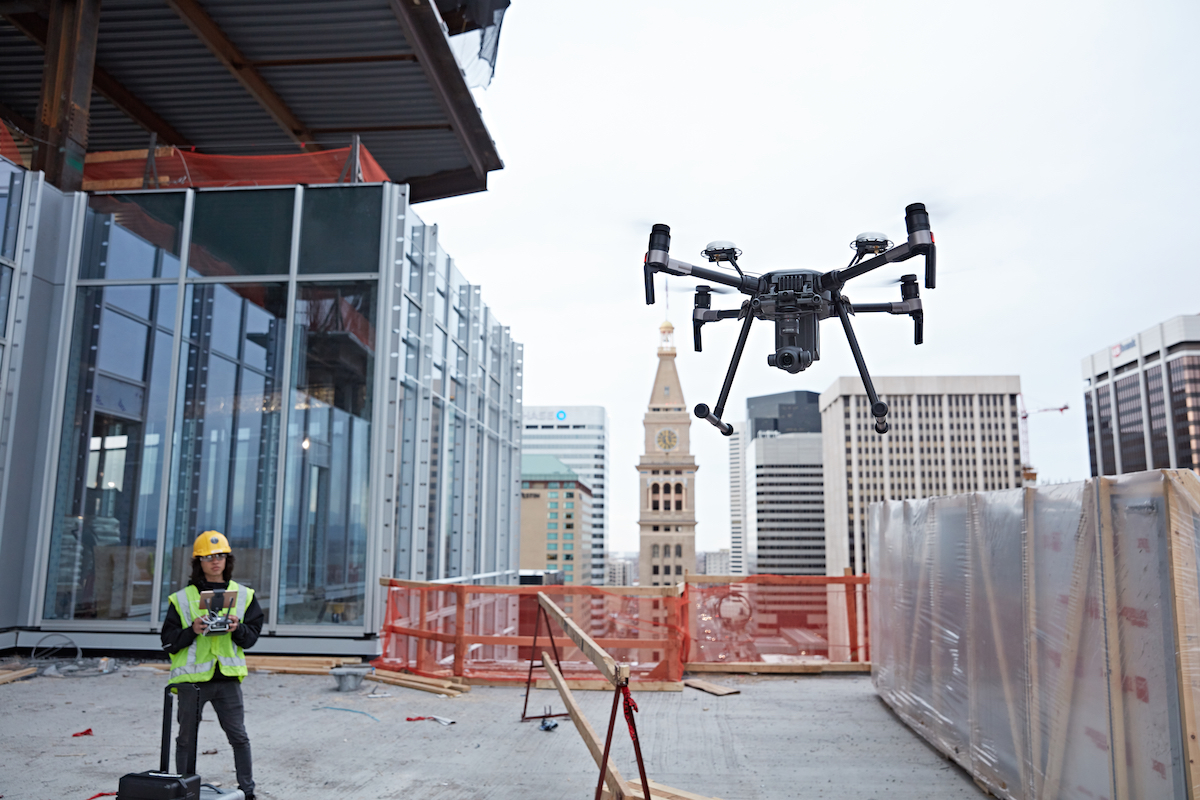
#Featured
#Fun
#Ideas
Top 11 maps that explain Total Solar Eclipse
On Monday, August 21, 2017, Total Solar Eclipse will darken skies above North America, along a stretch of land about 70 miles (113 kilometers) wide, plunging it into darkness for over two minutes. It will be certainly one of the biggest astronomical events America experienced in years.
To celebrate it, we’ve gathered a collection of the best maps that explain this fascinating phenomenon. Have a look and comment.
1. The path of totality across the United States on August 21, 2017
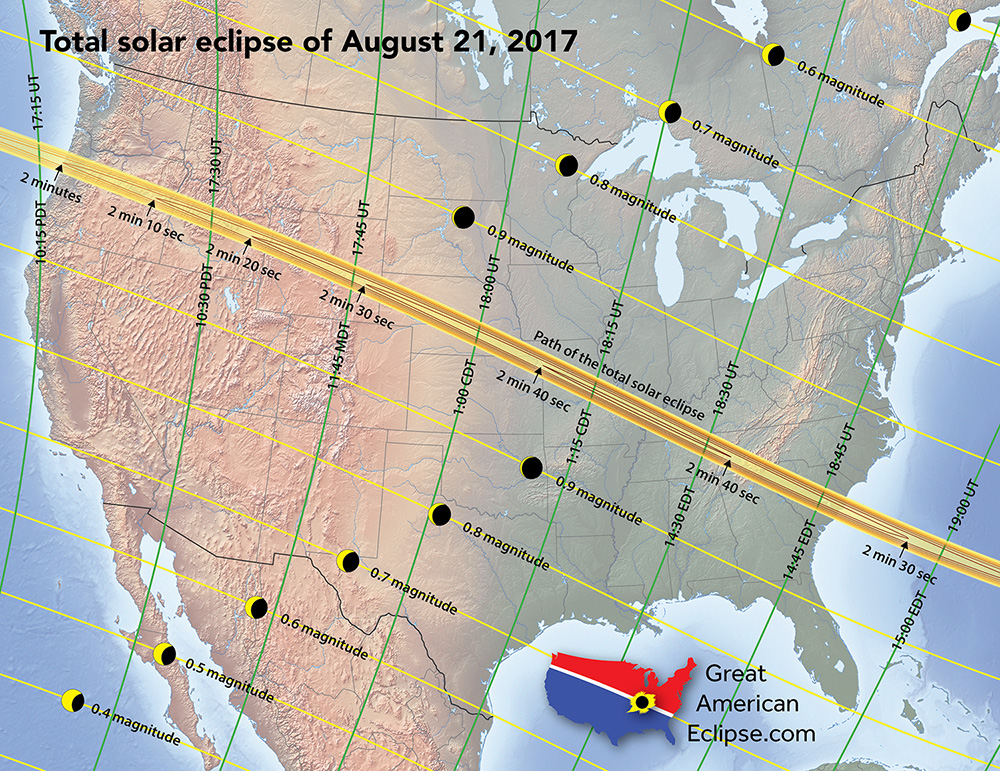
source: GreatAmericanEclipse
2. The path of total solar eclipse explained
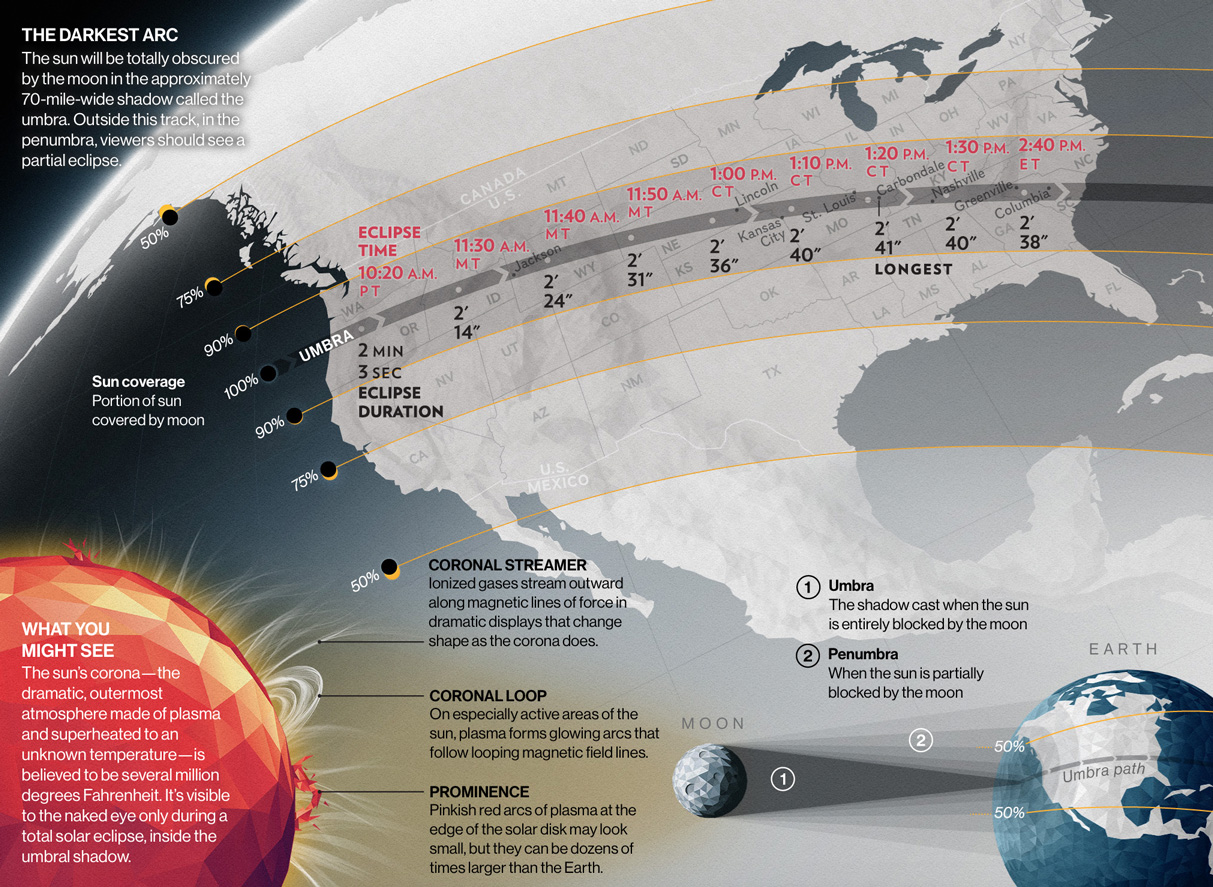
source: Nat Geo
3. What the total solar eclipse in August will look like throughout the U.S.
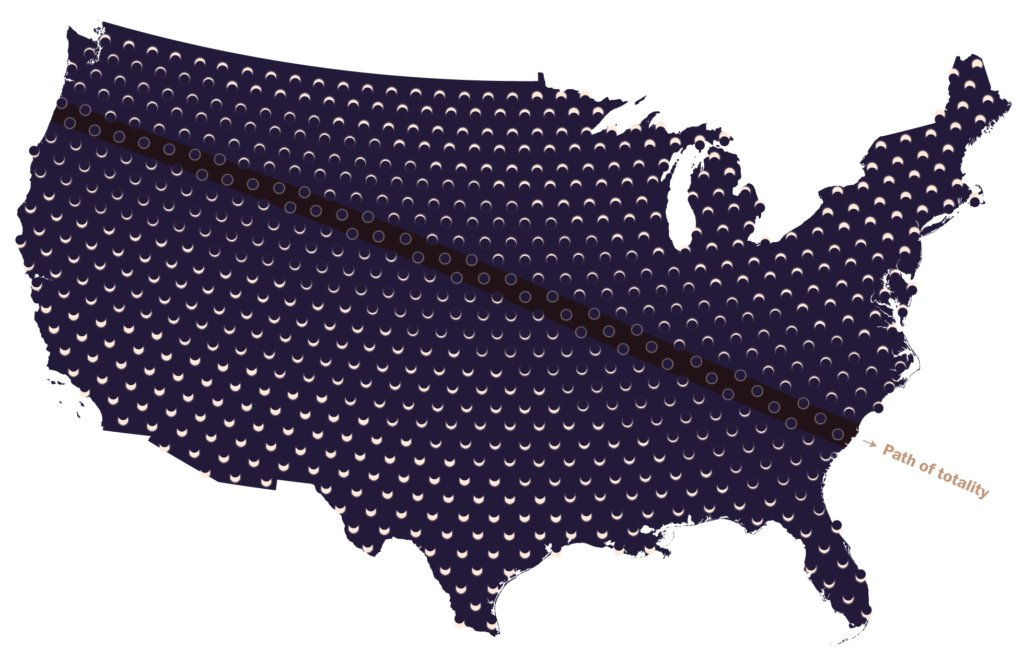 source: Washington Post
source: Washington Post
4. Total solar eclipses over North America in the 21st century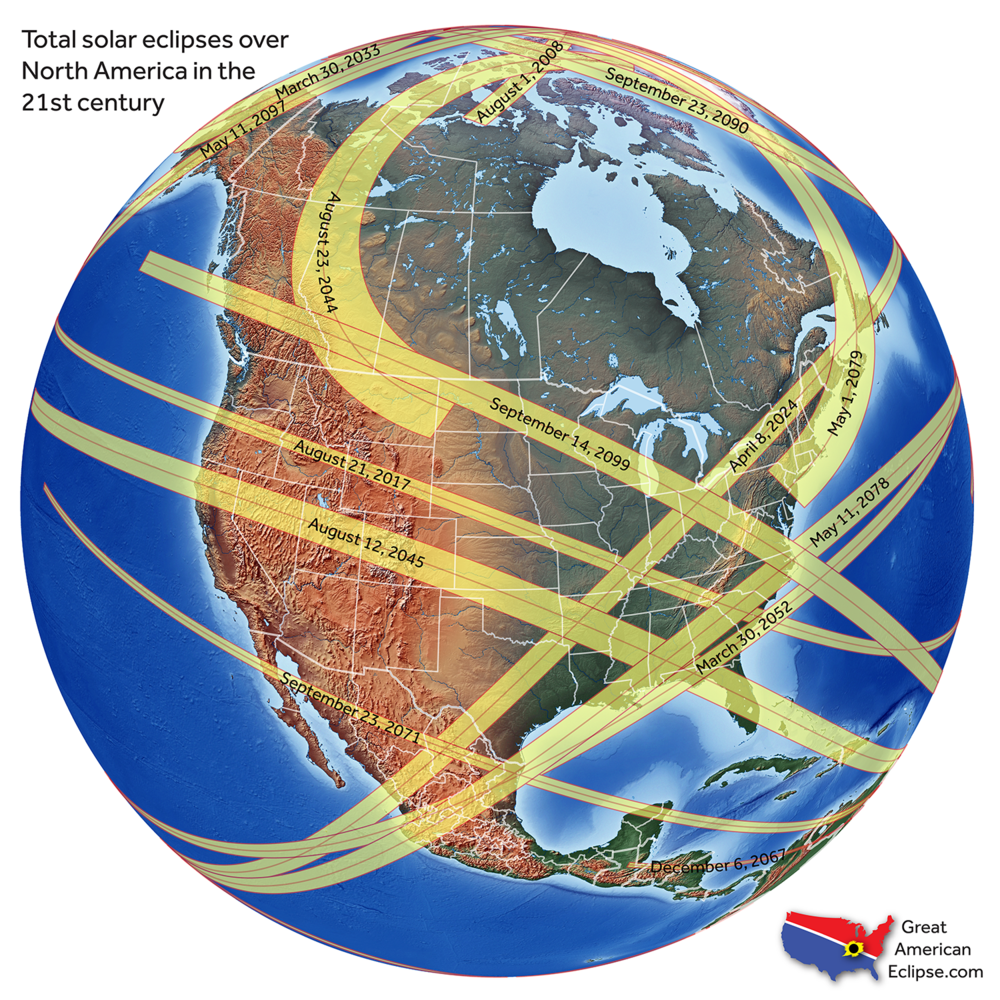
source: GreatAmericanEclipse
5. Total solar eclipse paths over the contiguous U.S. since 2000 B.C.
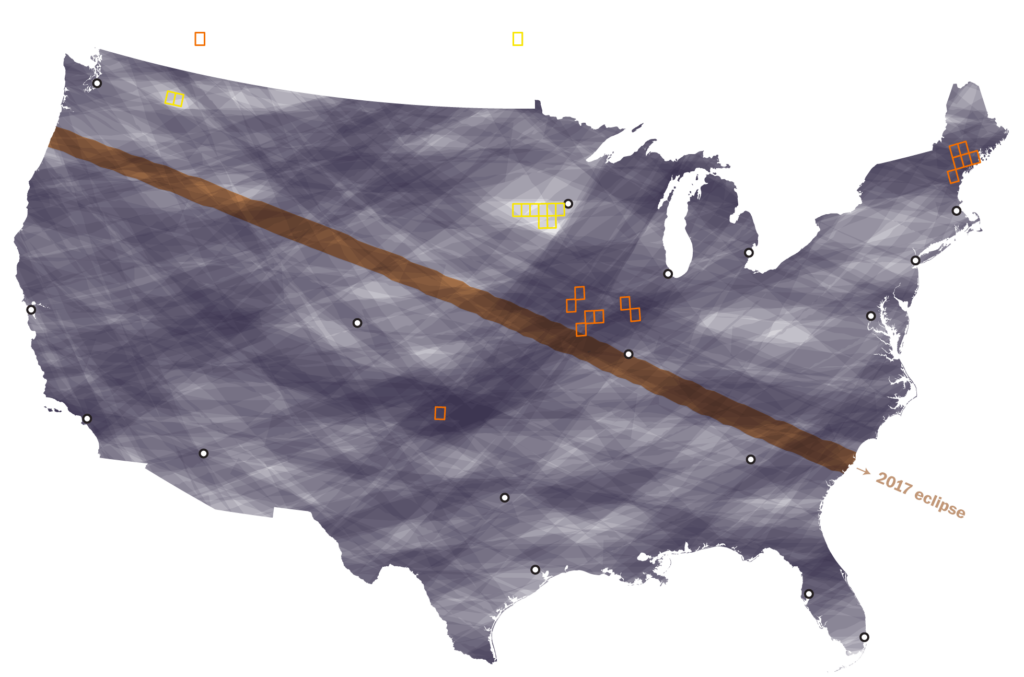 source: Washington Post
source: Washington Post
6. The Saros Cycle is the repetition cycle of eclipse
source: NASA
7. Google search interest in the solar eclipse
8. How long will it take to drive to the centerline of eclipse from my home?
source: GreatAmericanEclipse
9. The best chance of clear skies on August, 21
source: NASA
10. Times of greatest eclipse and half durations of partial eclipse
source: GreatAmericanEclipse
11. Guide to Total Solar Eclipse
source: Time and Date
Bonus: Solar Eclipse 101 from National Geographic


#Featured
#Featured
#Insights
#Science
#Space
Neo Space Group Finalizes UP42 Acquisition: What it Means for Earth Observation Industry

